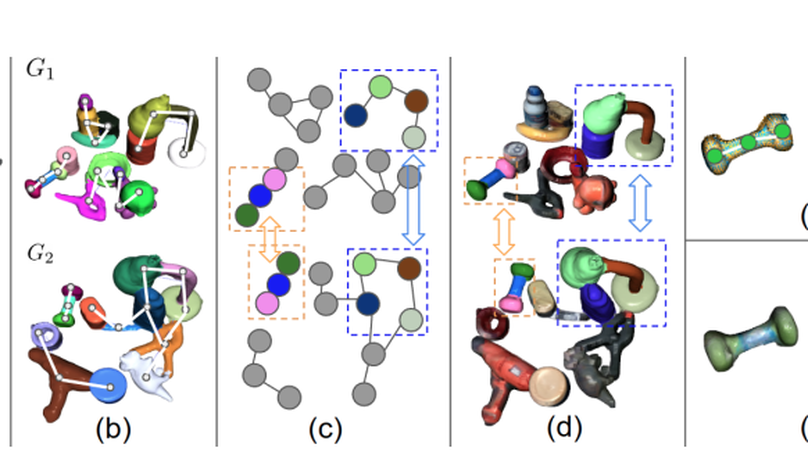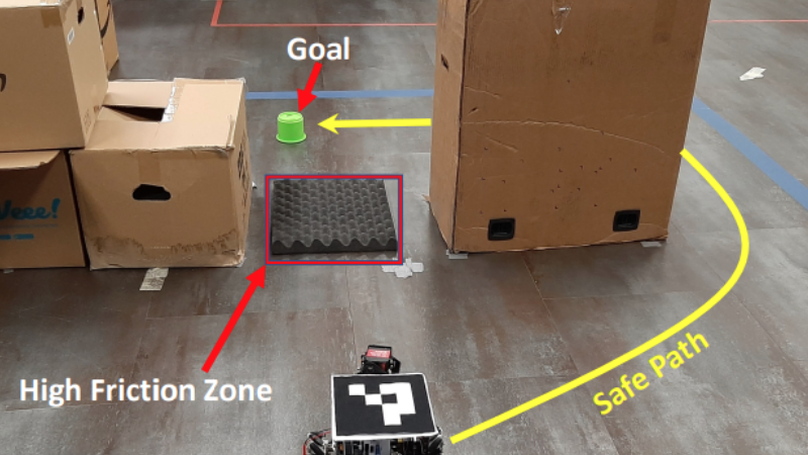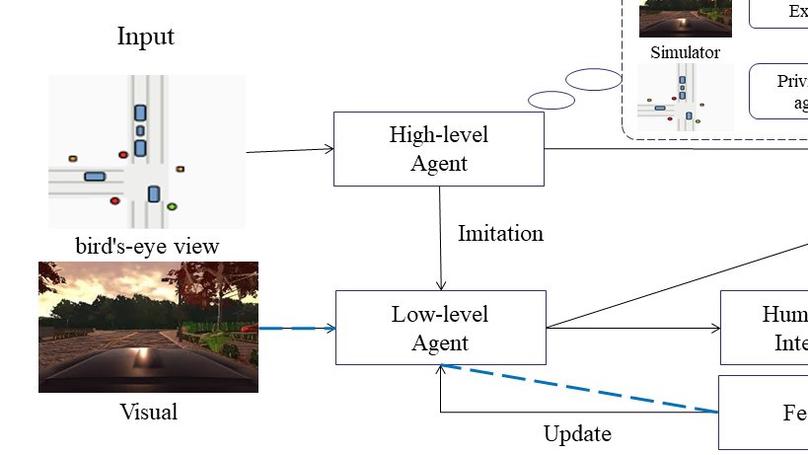Biography
Robotics PhD Student @ UW Madison, Gundam Enthusiast. Previously @ Bytedance Research, Rutgers Robot Learning Lab, and SIAT-CAS.
See my CV.
Interests
- Robot Locomotion and Manipulation
- Reinforcement Learning
Education
-
PhD in CS
University of Wisconsin-Madison
-
MS in ECE
Rutgers University
-
BEng in CS
Central China Normal University


